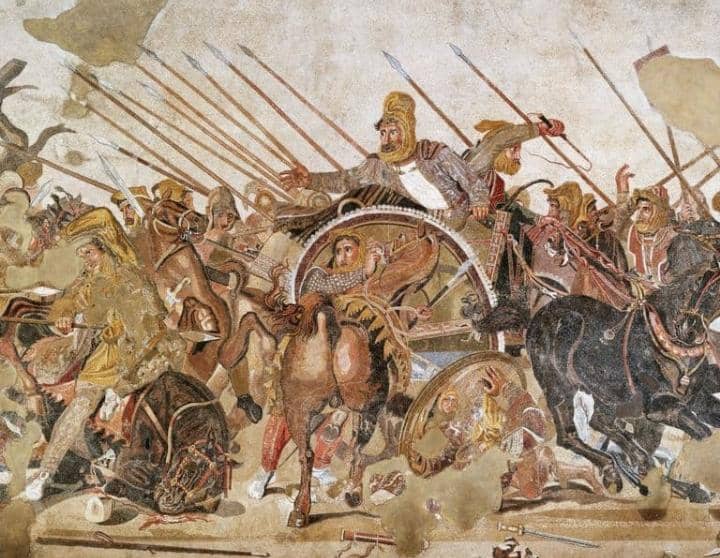Alexander the Great’s conquest of the Persian Empire marked a pivotal moment in ancient history. Beginning in 334 BC, Alexander launched a series of military campaigns against the Achaemenid Empire, driven by ambitions of glory and the wealth of Persia. His initial victory at the Battle of Granicus set the stage for further successes, including the decisive battles at Issus and Gaugamela, where he defeated Darius III, the Persian king, leading to the collapse of Achaemenid power.
Following these victories, Alexander advanced through Asia Minor, Syria, and Egypt, capturing key cities and establishing his dominance. The siege of Tyre in 332 BC was particularly notable, taking seven months to conquer the strategically important city, which had resisted fiercely.
This victory not only eliminated a significant naval threat but also showcased Alexander’s military ingenuity. In the wake of his conquests, Alexander sought to integrate Greek culture with the vast territories he had acquired.
He founded numerous cities, most famously Alexandria in Egypt, which became a center of learning and culture. His policies encouraged cultural diffusion, blending Greek and Persian customs, although his destruction of cultural sites, such as the razing of Persepolis, left a lasting negative legacy in Persian memory.
Despite his military genius, Alexander’s conquests did not establish a stable governance structure. His untimely death in 323 BC led to the fragmentation of his empire, as his generals, known as the Diadochi, engaged in power struggles that ultimately dismantled the vast territories he had unified.
In retrospect, Alexander’s conquest of Persia was not merely a tale of military triumph but also a complex narrative of cultural exchange and destruction. While celebrated in Western history as a great leader, Persian perspectives often view him as a destructive force, reflecting the multifaceted consequences of his ambitious campaigns.

